This article was originally published in UCSB’s ‘The Current‘.
This week, the National Science Foundation announced the award of a six-year, $22M grant to UC Santa Barbara under its biofoundries program for the establishment of the BioFoundry for Extreme and Exceptional Fungi, Archaea and Bacteria (Ex-FAB), a collaboration led by UC Santa Barbara (UCSB), together with UC Riverside (UCR), and Cal Poly Pomona (CPP). The NSF Ex-FAB BioFoundry establishes the nation’s first biofoundry that focuses on largely untapped and unexplored extreme microbes. UCSB’s award is one of only five grants made under NSF’s BioFoundry program during this funding cycle, which awarded a total of $75M to the five selected universities.
“Our campus is thrilled to receive this visionary funding from the National Science Foundation, which reflects the research strength and innovation of our colleagues who are working across disciplines and institutions to advance biotechnology and bioengineering,” said UCSB Chancellor Henry T. Yang. “We congratulate Professor O’Malley and our entire campus team, and thank Michelle for her leadership of this pioneering effort. Our campus is known for our culture of working collaboratively at the cutting edge, and we look forward with great anticipation to the discoveries that will be made through the BioFoundry as our colleagues explore new frontiers in the world of extreme microbes.”
“We are extremely excited because this funding enables us to build infrastructure that nobody, especially in academia, has had access to before,” said the new center’s director Michelle O’Malley, a professor of chemical engineering and bioengineering at UCSB. “The facility allows us to unlock the promise of a new generation of synthetic biology — one that focuses on developing new biotechnology from extreme and unusual microorganisms found in nature.”
The research center will focus on developing techniques to learn from nature’s more unusual microorganisms, referred to as “extreme” in that they do not conform to standard growth habits and culture conditions in a lab. They may have unusual nutritional requirements, grow at extremely high or low temperatures, and even grow without oxygen, all of which makes them difficult to study with existing laboratory equipment.
“These extreme microorganisms defy our current understanding of biology, yet they often host traits that we want to harness for biotechnology – such as enzymes that chew up waste, or pathways that make valuable products and new medicines. Now, users have a place to bring their ‘weird’ microbes to study them and prototype new biotechnology from what they learn,” said O’Malley, who is a leading expert in engineering anaerobes to turn waste into more sustainable fuel, chemical, or bio-based materials.
While countless advances have occurred in synthetic biology, which involves engineering nature’s “parts,” such as DNA, proteins, and even entire organisms, to have new functions, the field has focused on microorganisms that are easy to grow, domesticate, and proliferate under standard laboratory conditions. Yet, domesticated microbes are often devoid of the traits that researchers want to exploit most for biotechnology. The most successful biological products in nature are built almost entirely by unusual microorganisms that have unique growth habits and are unwieldy. To unlock the power of extreme microbes, the center will tap into synthetic biology by designing first-of-its-kind instrumentation, novel robotic workflows, and technology powered by machine learning.
The NSF Ex-FAB BioFoundry will focus its efforts on three research themes — bioremediation, biosynthesis, and rules of life — to design microbes that can address environmental challenges such as the clean-up of PFAS (per- and polyfluoroalkyl substances) and other “forever chemicals,” the sustainable production of silica-based materials, the recycling and reuse of carbon materials, and the promotion of productive carbon and nitrogen cycles in soil and marine habitats.
“UCSB is a world leader in promoting multidisciplinary, center-level science,” said Umesh Mishra, dean of the UCSB College of Engineering. “We are extremely proud to host the NSF Ex-FAB BioFoundry, because it unites several strengths across our campus for the first time – from marine science to chemical engineering and bioengineering. This sizeable award by NSF raises the profile of our campus and serves as a focal point for continued investment in biotechnology and bioengineering at UCSB.”
“This new research center provides an exciting opportunity to open synthetic biology to the vast diversity of microbes that nature provides,” added co-director Ian Wheeldon, a chemical environmental engineering professor at UCR, who is an expert in synthetic biology and engineering non-conventional microbes. “The current focus of synthetic biology has been to develop new approaches to engineering a small number of commonly used microbes. This facility will dramatically broaden this approach by enabling synthetic biology in any microbe.”

Training a Diverse Workforce
In addition to driving new scientific breakthroughs, the center will establish unique educational programs to train and attract the future biotechnology workforce. The NSF Ex-FAB BioFoundry will recruit California State University (CSU) master’s students to participate in a ten-week research internship at UCSB or UCR, during which they will receive professional development training and work in a scientific community at an R1 (research-intensive) university. It will also offer a summer school to train and recruit new users.
“Many CSU students want to enter industry or Ph.D. programs but lack the experience in an R1 university setting,” said Jamie Snyder, an associate professor of biological sciences at CPP. “This opportunity will allow them to be trained on automated equipment that they will likely find in industry and to interact with Ph.D. students, postdocs, lab technicians, and senior scientists in R1 labs. This facility will enable us to create even more pathways for students, who may not feel represented in the field, to move into the biotechnology workforce.”
All three participating universities are Hispanic Serving Institutions (HSIs) and Asian American Native American Pacific Islander Serving Institutions (AANAPISI).
The Groundwork
UCSB laid the foundation for the NSF Ex-FAB BioFoundry months before applying to the NSF’s BioFoundries Program when O’Malley, through UCSB’s Institute for Collaborative Biotechnologies (ICB) received a $9.85-million grant through the Department of Defense’s Defense University Research Instrumentation Program (DURIP). The funding allowed the university to purchase a workflow of robotic assembly and analytical tools to enable automated synthetic biology.
“The exciting new investment from the NSF recognizes UCSB’s growing research prominence in the field of synthetic biology and builds upon the recent investment from the Army Research Office,” said chemical engineering professor Brad Chmelka, co-director of ICB. “This NSF award exponentially expands UCSB’s interdisciplinary research culture in biology, materials science, physics, chemistry, and engineering, which will benefit from and can be expected to catalyze new innovations and applications in biotechnology.”
The California Institute of Science and Innovation (CNSI) at UCSB will manage and coordinate ExFAB operations at all three campuses and provide a home for UCSB’s new NSF-funded biofoundry.
“CNSI is proud to be the home of the NSF Ex-FAB Biofoundry and to provide foundational support that will increase the impact of its innovations,” said CNSI co-director Craig Hawker, a professor of materials and of chemistry and biochemistry. “The unique suite of cutting-edge instrumentation that cannot be found elsewhere will enable translation into technologies that will directly address some of the nation’s biggest challenges, with a workforce that is both ready and able to put these innovations to use.”
External users from industry and academia can access the new biofoundry in two ways: direct shipping of samples for complete handling by staff, or on-site training and co-use of equipment with staff. Leadership aims to complete at least 100 total user projects over the first six years, estimating that more than half will be external projects.
“As a Gaucho and the proud Representative for my alma mater in Congress, I am really excited to see the National Science Foundation recognize UCSB’s cutting-edge ability to lead on this first-of-its-kind BioFoundry with other California universities,” remarked Congressman Salud Carbajal. “This investment will not only keep UCSB at the forefront of bioscience and bioengineering, but create new good-paying high-tech jobs on the Central Coast and reaffirm that California is the number one place for research in the entire world.”
To learn more, go to exfab.org

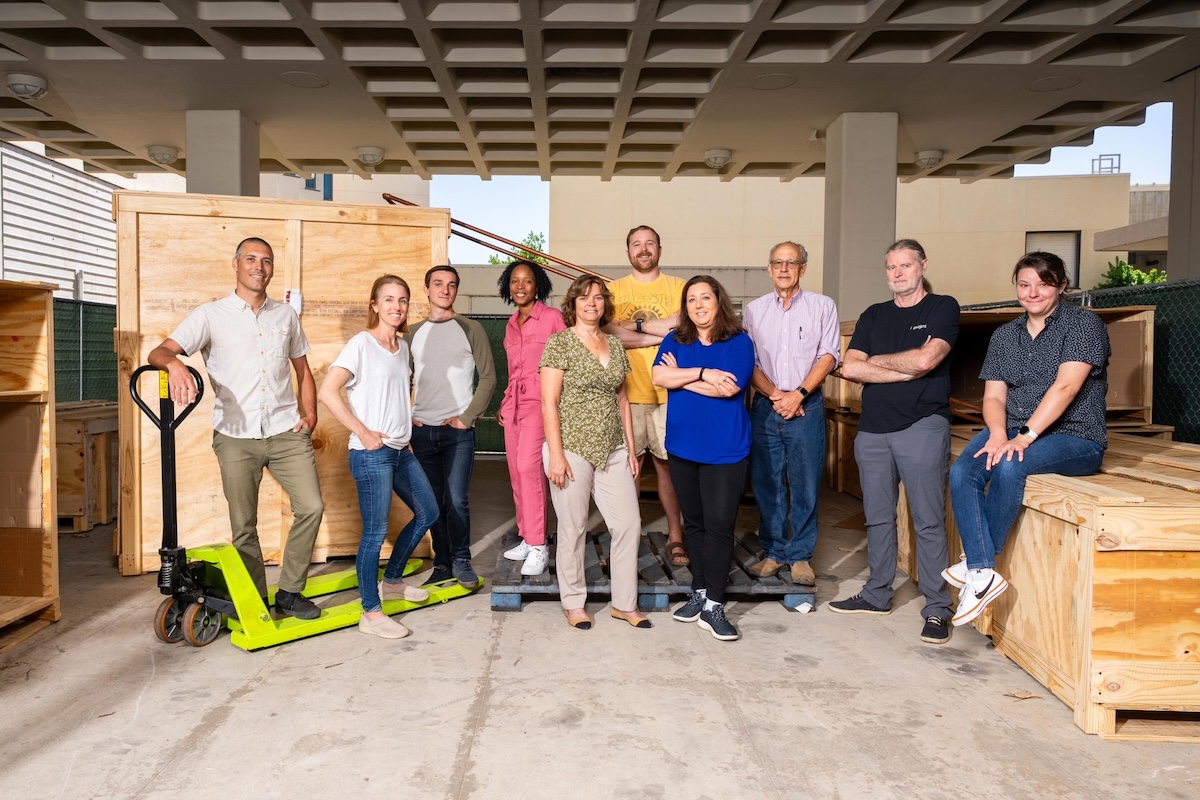

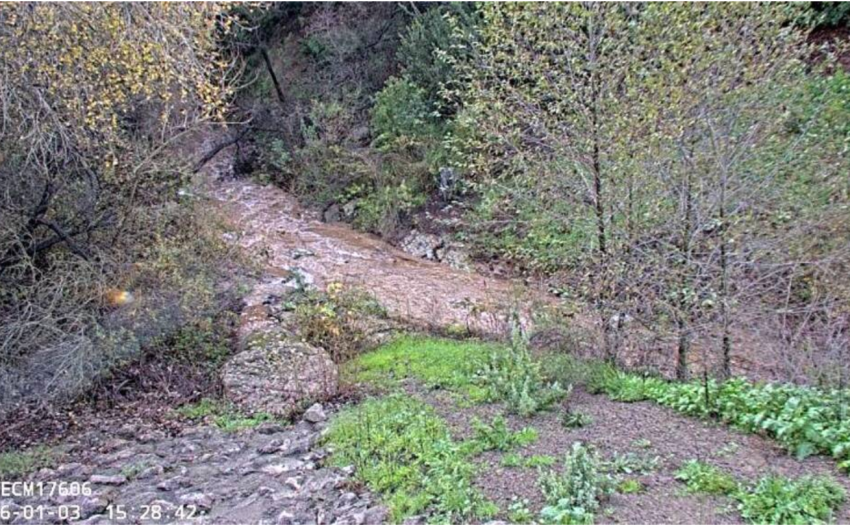
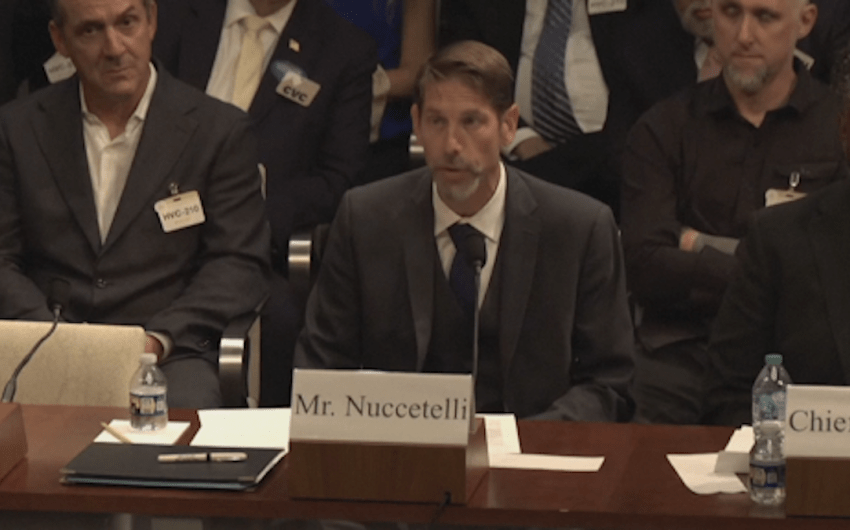
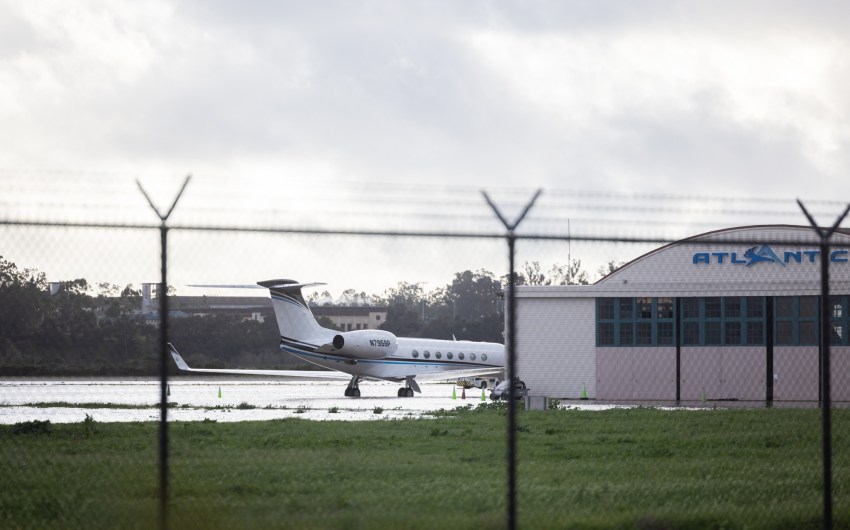
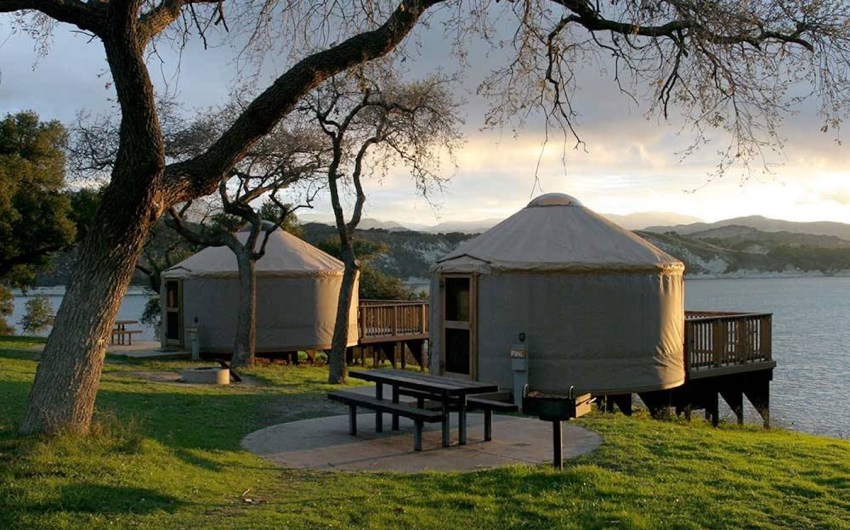
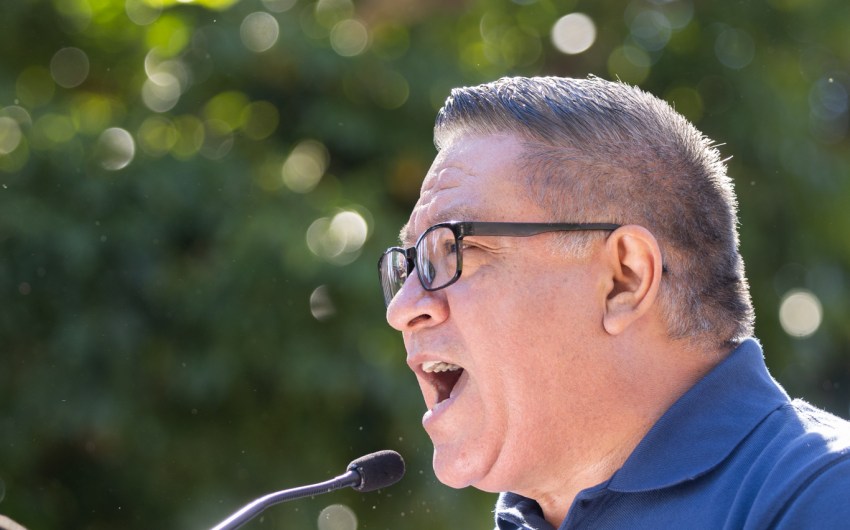
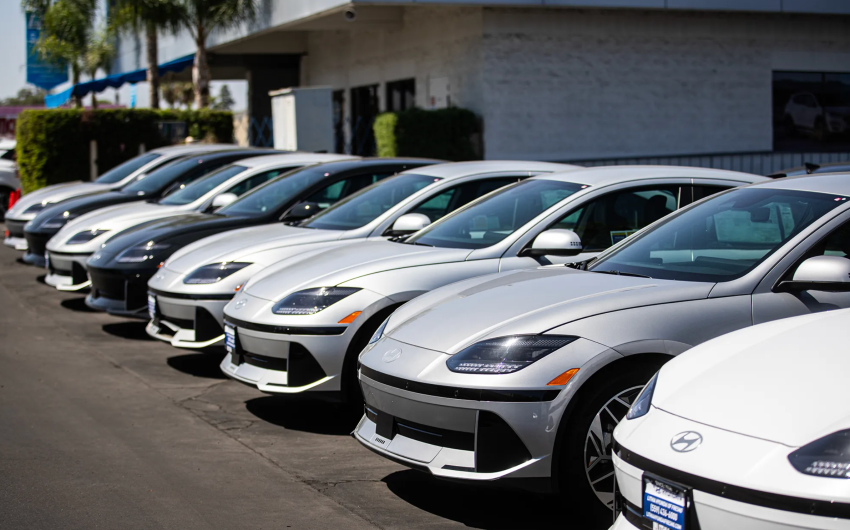
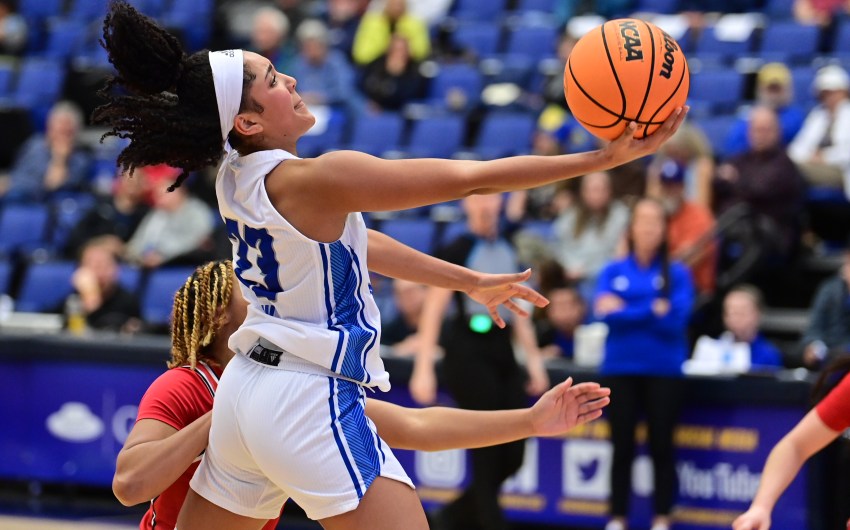
You must be logged in to post a comment.